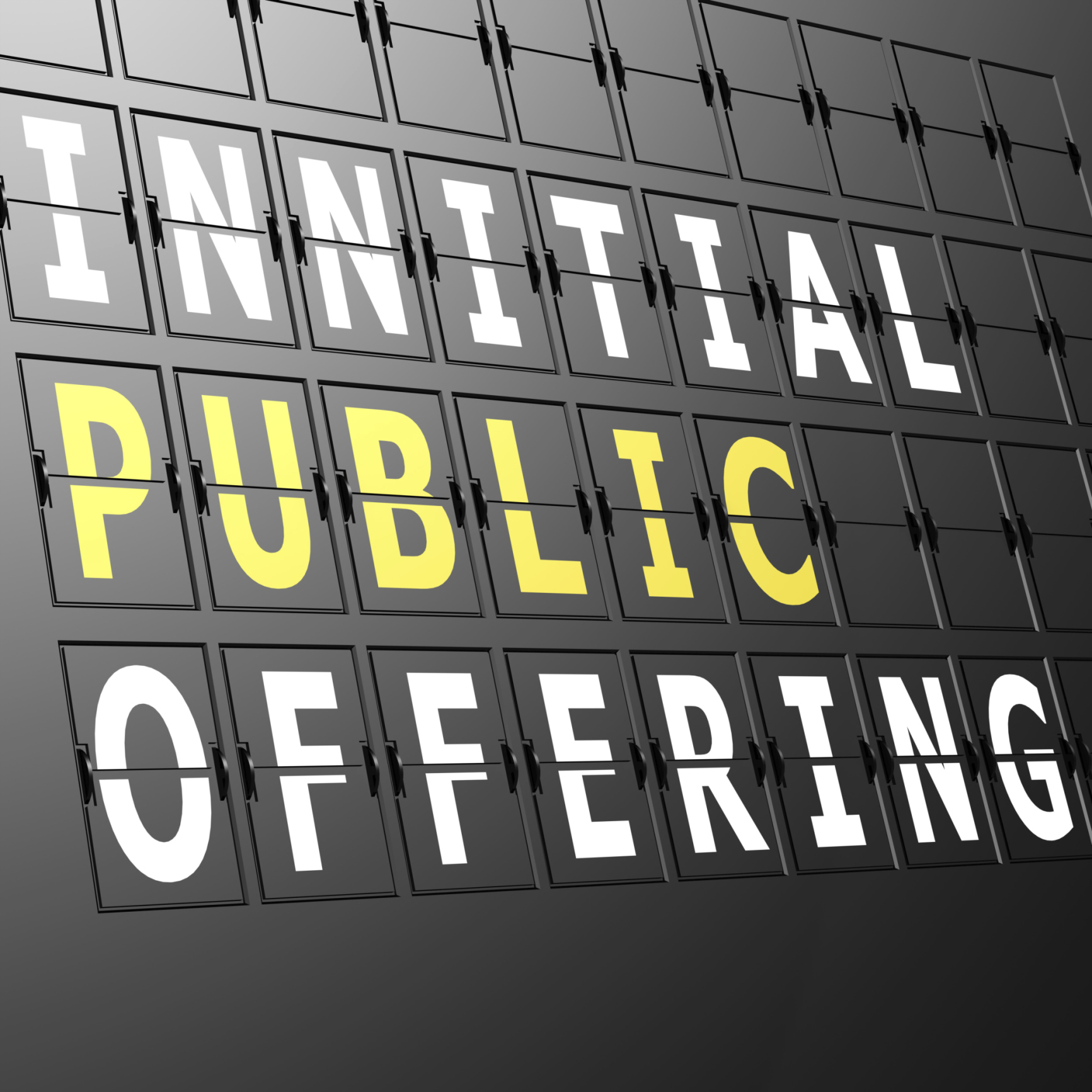
The market for initial public offerings is about to welcome DocuSign to the mix of unicorn IPOs on April 27. The filing for this highly awaited IPO was made just at the end of March, so it’s a rather fast timing that the filing has been made and since it is going to price.
The electronic signature company is redefining how realtors, attorneys and just about any business service handles contract signatures these days. DocuSign is set to trade under the DOCU stock ticker as a Nasdaq listing. While the initial filing was for up to $100 million, this was a nominal figure and it is going to be a larger deal by all indications so far.
DocuSign has a very straightforward business model, and if you have ever used you know the service it is more than easy to use. The company has taken the traditional paper-based manual document signing process to a paperless and automated process. It generally transforms the turnaround time in contracts to minutes rather than days, helps with obvious cost-efficiencies, and it helps to eliminate errors in contracts.
DocuSign’s services can be used easily beyond just enterprises. Small businesses and individuals can subscribe to DocuSign.
24/7 Wall St. wanted to give investors a heads up ahead of Friday’s tentative IPO. We have covered these from multiple angles, and we have used the full IPO filing from the Securities and Exchange Commission and outside data for the top 10 things investors need to consider ahead of the IPO.
As a reminder, all of these are subject to change based on final filings and market conditions. Some details may even already have changed.
1. Demand Has Been Strong and Growing
The “$100 million filing” was for filing purposes only and was given a new indication of $24 to $26 per share for 24.955 million shares, and it was last seen higher in a $26 to $28 price range. At the midpoint of the current range that is $432 million for the company in IPO proceeds, before factoring in the commissions and discounts. The breakdown is 16.06 million shares being sold by the company and the rest by shareholders.
2. Big Growth
DocuSign was founded in 2003 with a focus on real estate, but it has grown and expanded industries, and the bulk of its revenues are from subscriptions (over 93%). For the years ended (January 31) in 2016, 2017 and 2018, revenue was $250.5 million, $381.5 million and $518.5 million, respectively. That’s total revenue growth of 36% in the past year, versus 52% the prior year.
3. But Still Not Profitable
Despite DocuSign’s revenue growth, the company appears not to be profitable yet. Its net loss for 2016 was $122.6 million, followed by a loss of $115.5 million in 2017 and then a loss of $52.3 million in 2018. The company’s losses have been partly driven by more than $300 million spent on research and development.
4. Unicorn Valuation
DocuSign’s higher end of the price range would now value the company at roughly $4.25 billion, based on the all-in 152 million shares outstanding after the completion of the IPO. That said, DocuSign’s filings indicated that its number of common shares outstanding after this offering is based on 136.05 million as of January 31, 2018.
5. Diverse Customer Base
DocuSign has a very diverse customer base, consisting of more than 370,000 companies and hundreds of millions of users. The company claims to have seven of the top 10 global technology companies as customers, as well as 18 of the top 20 global pharmaceutical companies and 10 of the top 15 global financial services companies. The company’s own research points to a total addressable marketplace of roughly $25 billion in 2017.
6. Strong Capital Base
DocuSign had $662 million in cash and equivalents at the end of January, with $451.6 million listed as working capital.
7. Big Underwriting Syndicate
The underwriting group is large and they have been awarded up to an additional 3,255,000 shares of common stock to cover overallotments. The lead underwriters are Morgan Stanley and JPMorgan, and the additional underwriters are Citigroup, Merrill lynch, Deutsche Bank, JMP, Piper Jaffray and William Blair.
8. Doesn’t Need an IPO for Operations
DocuSign said that the principal purposes of this IPO are “to increase our financial flexibility, create a public market for our common stock and facilitate our future access to the capital markets.” It plans to use the net proceeds from the IPO for working capital and other general corporate purposes (additional investments, enhancing its technology platform, expanding its sales force and support staff, driving new customer adoption, and targeting international expansion and its developer community).
9. International Expansion Is a Must
DocuSign is likely to have to get most of its growth outside of the United States. The company noted that revenues from non-U.S. regions generated 16% of total revenue in the year ended January 31, 2016. That was 17% of total sales in the years ended January 31 in 2017 and 2018. The company noted a relationship with SAP in Europe.
10. Acquisitions Have Been Made
In May 2015, DocuSign completed the acquisition of Algorithmic Research, a privately held digital signature company based in Israel, for about $35.1 million in cash, but the deal also included a delayed obligation of up to $11.7 million. In November 2015, it completed the acquisition of OpenTrust & Sign, a privately held company in France, for approximately $21.4 million in cash. In September 2015, it purchased the assets of Estate Assist in California for $3.9 million as an online solution for securing, organizing and sharing important online and offline account information, logins and documents.
DocuSign’s latest amended IPO filing can be found here.
Thank you for reading! Have some feedback for us?
Contact the 24/7 Wall St. editorial team.





